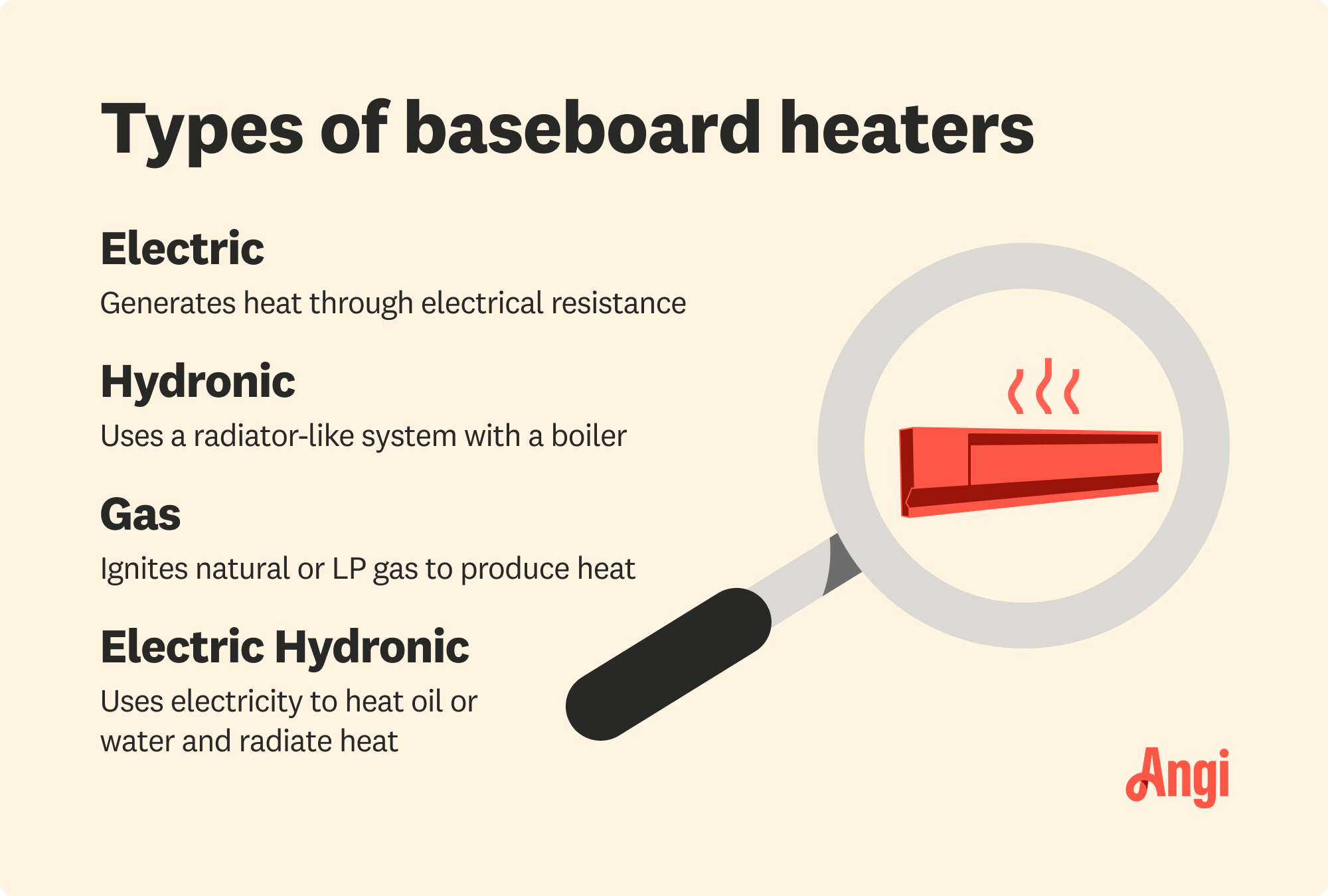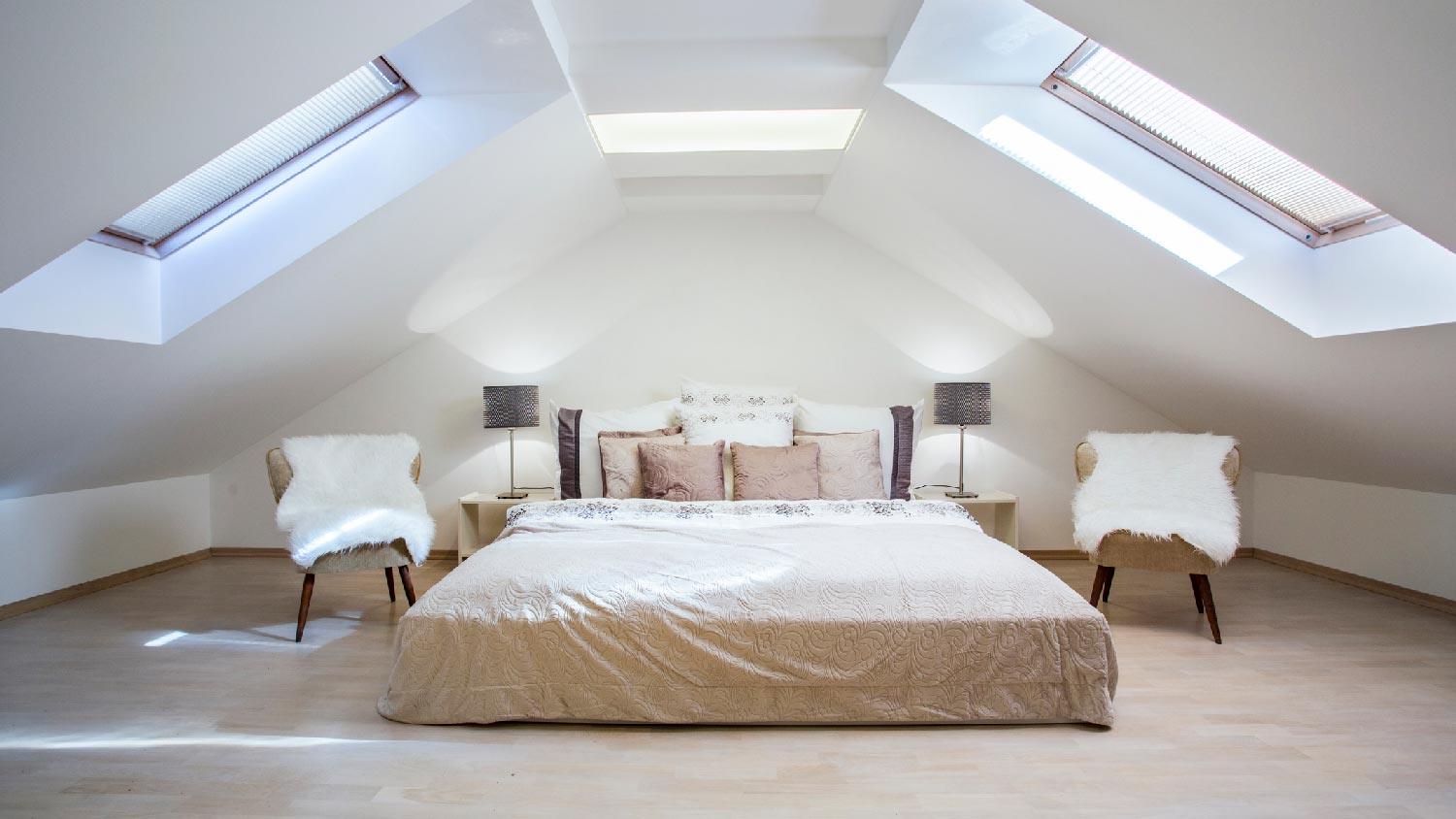What Is a Hydronic Baseboard Heater and Should You Have One?
Some consider hydronic baseboard heaters the crème de la crème of baseboard heating


If you’re planning to upgrade your current baseboard heating, consider hydronic baseboard heaters. What is a hydronic baseboard heater? They use water to distribute radiant heat around a room, making them much more energy-efficient and cost-effective than their counterparts. Learn more about hydronic baseboard heaters and whether they are right for your home.
If you’ve lived in an older home, then you are familiar with baseboard heaters. While they’re not known for their beauty, these systems are powerful, quiet, and enduring options for homeowners who prefer maintenance-free cozy living.

How Do Hydronic Baseboard Heaters Work?
Hydronic baseboard heaters warm liquid in a sealed unit (usually water, but sometimes oil). This provides radiant heat to warm individual rooms inside your home. Each heater uses a thermostat to regulate the temperature, allowing you to switch on the boards only in the rooms you’re using. Their long metal framework provides a consistent, slow, and gentle flow of heat. Working similarly to radiators, you install them running along baseboards in a room.
Pros of Hydronic Baseboard Heaters
It’s not just energy efficiency that makes this type of baseboard heater a popular choice.
Energy Efficiency
Because water’s thermal mass holds heat better than the air inside a convection baseboard heater, hydronic systems won’t fluctuate as much. This means your thermostat won’t kick on and off as it would with a convection unit. Even after the thermostat turns off, a hydronic unit still emits heat.
Also, water runs along the entire baseboard unit length, which spreads heat more evenly rather than focusing on one spot. Because you can install baseboard heaters in individual rooms you want to heat, rather than the entire house, this also conserves energy.
Air Quality
A system that heats water rather than pushes out warm air will blow less dander and dust around your home. This is helpful for people living with allergies as well as those with concerns about indoor air quality.
Noise Levels
Your baseboards are stationed on your, well, baseboards, rather than within your ceiling. You won’t have the constant hum of air moving through ducts or blowing through vents with hydronic baseboard heaters—they’re very quiet.
Low Surface Temperature
The gentle stream of heat hydronic heaters emit from their surface makes them an ideal choice for homes with children or pets. You don’t have to worry about burns if they press up against the heaters the way you might with some heaters.
However, it’s still a good idea to keep flammable soft furnishings at least 12 inches away from the front of the heater as a general safety precaution.
Ease of Maintenance
Long-lasting baseboard heaters are less complex than many other heating systems. Consequently, their maintenance requirements aren’t taxing, and repairs will be minimal. There’s no ductwork or moving parts to contend with.
Cons of Hydronic Baseboard Heaters

Hydronic baseboard heaters aren’t for everyone—and like all heating systems, they have their drawbacks.
A Higher Cost to Run
Overall, hydronic baseboard heaters disperse air faster than convection baseboard styles and are fairly inexpensive to install. But they’re often more expensive to run than systems using heat pumps or forced air because the system turns on and off more frequently as the temperature changes in your home. This regular fluctuation uses up more energy to consistently heat rooms.
Air Intrusions Are Possible
Air can enter the heating system during routine maintenance or if there is a tiny leak present. This trapped air can interrupt water flow and affect the heating process. However, bleeding the pipes can resolve this problem, and you can easily do this without professional help.
The Time It Takes to Heat Up
Because you have to wait for the water in the unit to heat on demand, it takes longer for your room to warm up than it does with convection baseboard systems.
Aesthetics
Keeping the units clear of furniture or long curtains that would block the heat can limit the functionality of a small room. But adequate breathing room is required for the performance of these systems. This means your long heaters must remain in full view—and not everyone appreciates their basic industrial look.
They Require Regular Cleaning
Think about how much dust gathers on the legs of your furniture and in other corners of your floor. Because hydronic heaters sit low to the ground, expect your boards to be a dust magnet. Plus, all heaters will rust and the paint will chip over time, so regular cleaning is necessary for baseboard units.
How Much Do Hydronic Baseboard Heaters Cost?
Although baseboard heaters might not be as energy-efficient as heat pumps or furnaces, they’re inexpensive to install and built to last. Hydronic baseboard heaters cost more than convection heaters, but could eventually balance out given that they can last 20+ years.
Expect to pay an average of $200 to $250 for the heater itself. The average cost to have a licensed electrician install an electric baseboard heater is between $390 to $1,190. It’s recommended to let a pro simplify the process and complete the installation for you.
Are Hydronic Baseboard Heaters Safe?
Baseboard heaters are generally safe for home use. For one, its surface doesn’t get as hot as a radiator might. This means you won’t have to worry about burns should little fingers become curious. While contact burns are less of a risk, hydronic heaters require that you keep window coverings, furniture, open doors, and other flammable materials at least a foot away.
Choosing the Right One
The size of your home will be your most influential factor in finding the best hydronic baseboard heater. The bigger the home, the higher power rating you’ll need.
Unlike electric baseboard heaters, which use watts to calculate power rating, hydronic heaters use BTUs to measure heat energy. Calculating BTUs can get kind of tricky, so consider asking a local wall heater repair or installation specialist to help you determine what size baseboard heater you need. They’ll factor in the location of the room, the type and amount of insulation, and the typical number of people using the room, in addition to room size.
The Alternative: Convection Baseboard Heaters
Convection baseboard heaters, on the other hand, draw in cool air and push out warm air through the process of convection. Rather than liquid, the air heats via internal electric coils, which work similarly to those found in a toaster. This is a faster method, but it requires more energy to heat.
Frequently Asked Questions
Each has its pros and cons, but hydronic heaters typically cost less to use than electric heaters, and they’re slightly more efficient than electric options. On the other hand, a hydronic heater usually takes a bit longer to heat up a room than an electric heater. The “better” choice depends on your needs and budget.
Both hydronic and electric hydronic heaters usually come with a higher price tag up front, but you can save more on energy costs over time compared to standard heaters. They also provide heat for a short time after the heater is actually turned off, making them more efficient. Additionally, standard convection heaters use electric coils to heat up the air, whereas hydronic heaters warm up water or oil which then heats the air.





- Furnace Repair
- Air Conditioning Repair
- HVAC Repairs
- Furnace Installation
- Wood & Pellet Stove Repair
- Dehumidifier & Humidifier Repair
- Heat Pump Companies
- Swamp Cooler Repair
- Wood Stove Services
- HVAC Companies
- Commercial A/C Repair
- Geothermal Installation
- Air Conditioning Installation
- Boiler Repair
- 24 Hour Furnace Repair
- Geothermal Repair
- Heat Pump Repair
- Humidifier Installation
- Thermostat Repair
- Thermostat Installation
- Nest Installation
- Heating & Cooling
- Heating Repair
- Furnace Cleaning
- Furnace Tune-Up
- HVAC Technicians
- Subcontractors
- Furnace Maintenance
- Plumbing & Heating Companies
- Wood Stove Inspection
- Mini Split Installation
- Wall Heater Repair
- Duct Installers
- Electric Hydronic vs. Electric Baseboard Heater: Which Is Better?
- What Is Baseboard Heating? A Complete Guide
- Baseboard Heater vs. Space Heater: Which is the Better Option?
- Is Baseboard Heat Gas or Electric?
- How to Turn Off Baseboard Heaters: Gas and Electric
- Baseboard Heater Not Working? 8 Common Issues and Solutions
- How to Turn On Baseboard Heaters: 8 Tips for Running Your Baseboard Heater
- 5 Alternative Ways to Heat Your Home This Winter
- How to Choose the Perfect Space Heater for Your Room
- Can You Put Furniture in Front of Baseboard Heating?










